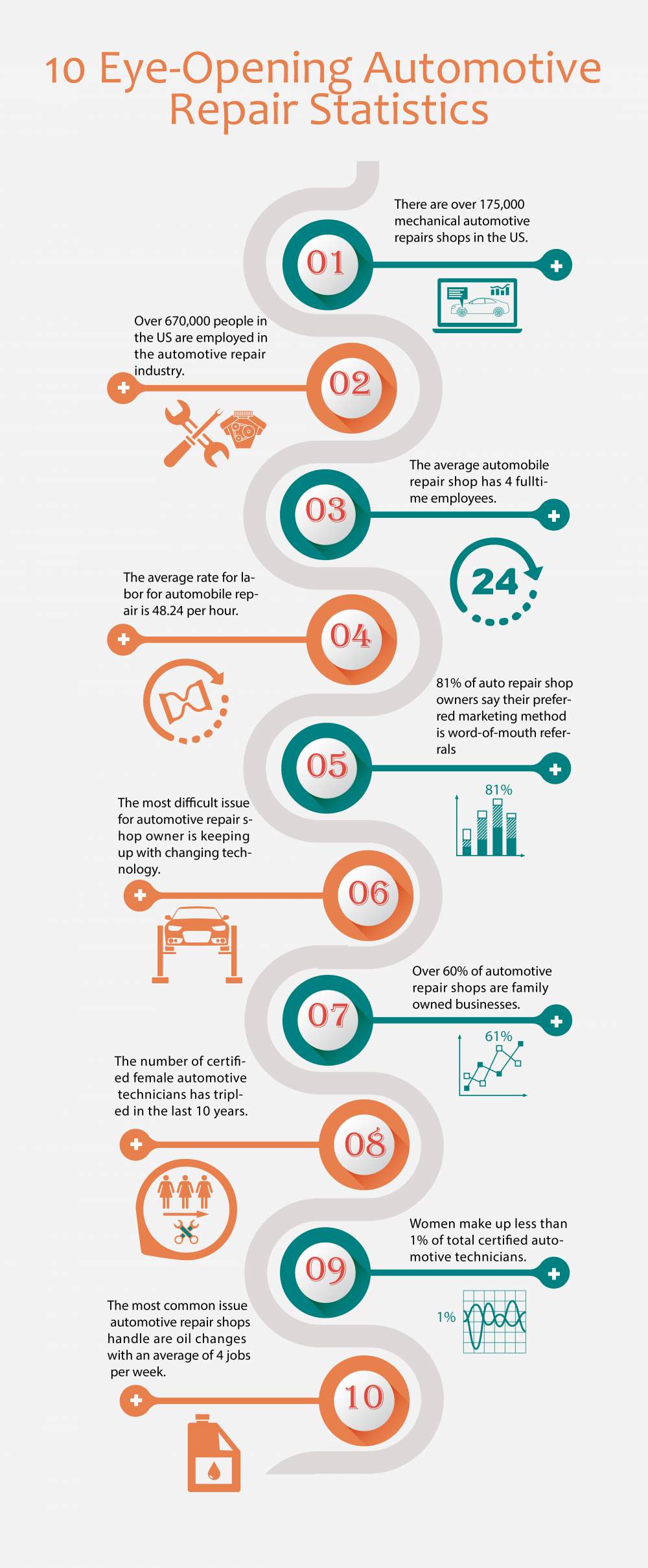Interpreting Your Car'S Alert Lights: Their Real Ramifications
Interpreting Your Car'S Alert Lights: Their Real Ramifications
Blog Article
Staff Author-Lauritsen Winters
When you're behind the wheel, those glowing warning lights on your control panel can be a bit complicated. Do you understand what they're trying to tell you concerning your vehicle's wellness? Recognizing the importance of these lights is crucial for your safety and security and the longevity of your car. So, the next time among those lights appears, would not you intend to understand its message properly and take the required actions to resolve it?
Common Warning Lighting and Interpretations
Recognize usual caution lights in your vehicle and recognize their meanings to ensure risk-free driving.
The most common warning lights include the check engine light, which signifies issues with the engine or emissions system. If this light begins, it's critical to have your vehicle examined promptly.
The oil pressure alerting light shows low oil stress, requiring instant attention to stop engine damage.
mobilecarwashnearme blinking battery light might suggest a damaged billing system, potentially leaving you stranded if not resolved.
The tire pressure tracking system (TPMS) light informs you to low tire pressure, influencing lorry security and fuel effectiveness. Neglecting this can lead to dangerous driving conditions.
The abdominal muscle light suggests an issue with the anti-lock braking system, compromising your capacity to stop rapidly in emergency situations.
Last but not least, the coolant temperature advising light warns of engine overheating, which can result in serious damages otherwise settled swiftly.
Comprehending these common caution lights will certainly help you resolve issues promptly and maintain safe driving conditions.
Value of Prompt Attention
Comprehending the usual caution lights in your auto is just the first step; the importance of promptly attending to these warnings can't be stressed enough to guarantee your security on the road.
When a caution light illuminates on your control panel, it's your car's way of connecting a prospective problem that requires focus. Disregarding these warnings can lead to much more serious problems down the road, jeopardizing your safety and security and possibly costing you more in repairs.
Trigger focus to alerting lights can prevent failures and crashes. For instance, a blinking check engine light might indicate a misfire that, if left neglected, can trigger damages to the catalytic converter. Resolving this without delay can conserve you from a pricey fixing.
In a similar way, a brake system warning light might signal reduced brake fluid or used brake pads, crucial elements for your safety and security when driving.
DIY Troubleshooting Tips
If you see a caution light on your control panel, there are a few do it yourself repairing tips you can attempt prior to seeking specialist assistance.
The first step is to consult your automobile's handbook to comprehend what the certain warning light shows. In car groomers can be as straightforward as a loose gas cap causing the check engine light. Tightening up the gas cap may fix the problem.
One more usual concern is a reduced battery, which can trigger different warning lights. Inspecting the battery connections for rust and guaranteeing they're protected could take care of the issue.
If a warning light lingers, you can attempt resetting it by separating the car's battery for a couple of minutes and then reconnecting it. Additionally, checking your vehicle's fluid degrees, such as oil, coolant, and brake fluid, can assist repair alerting lights associated with these systems.
Final thought
In conclusion, understanding your cars and truck's warning lights is important for maintaining your lorry running efficiently and securely. By without delay resolving these signals and understanding what they imply, you can avoid expensive repair services and possible break downs.
Keep in mind to consult your vehicle's manual for specific information on each alerting light and do something about it appropriately to guarantee a trouble-free driving experience.
Keep educated, stay safe when traveling!
